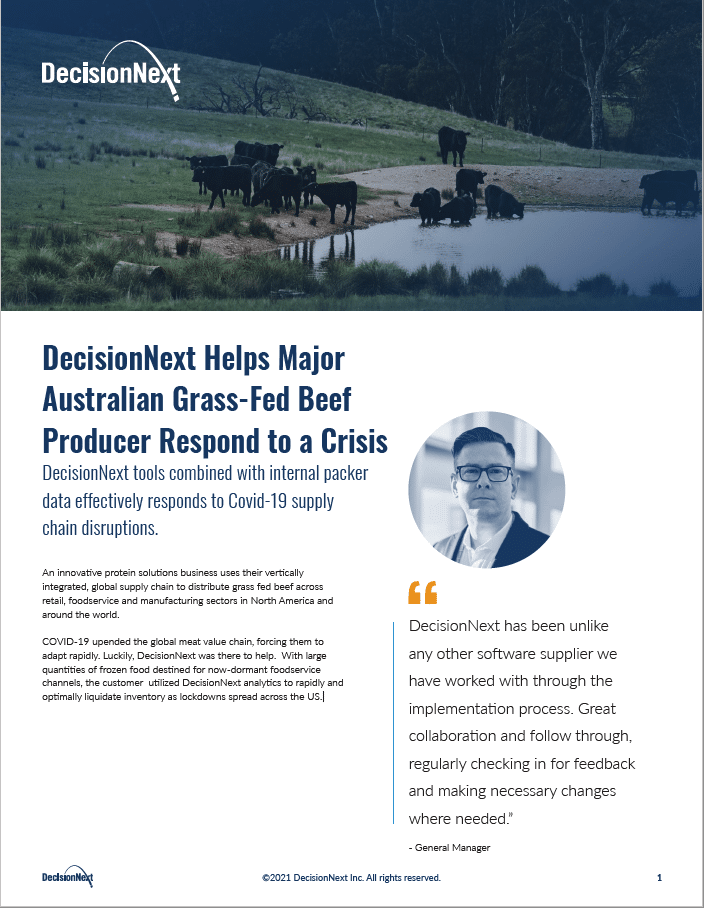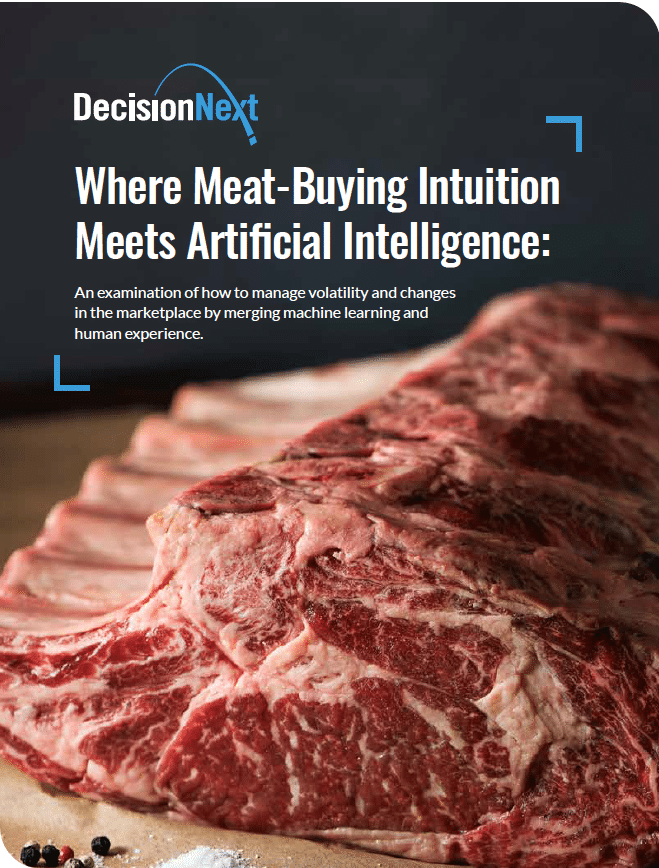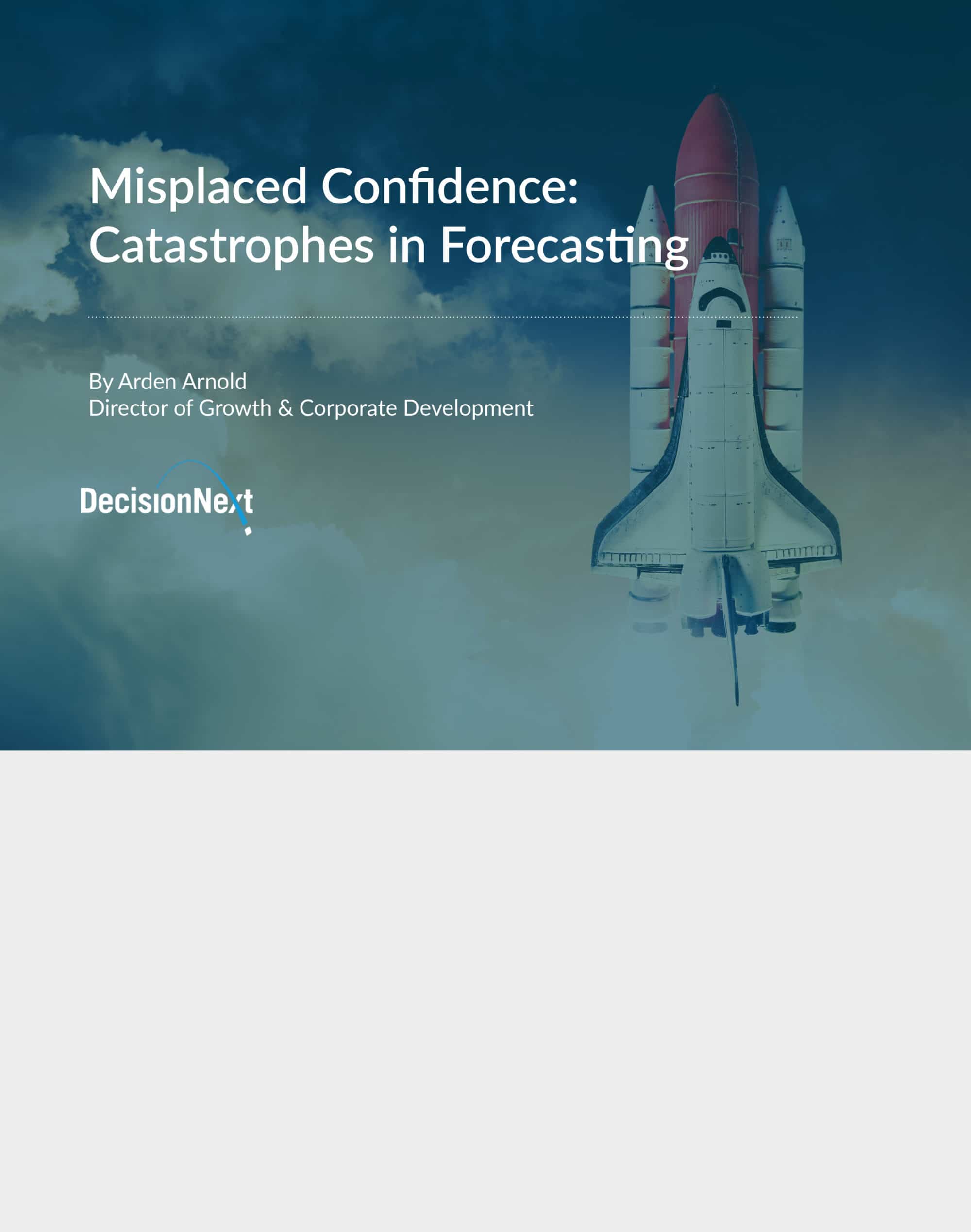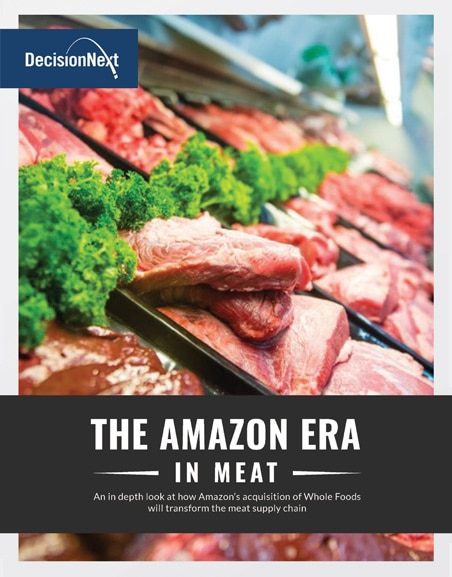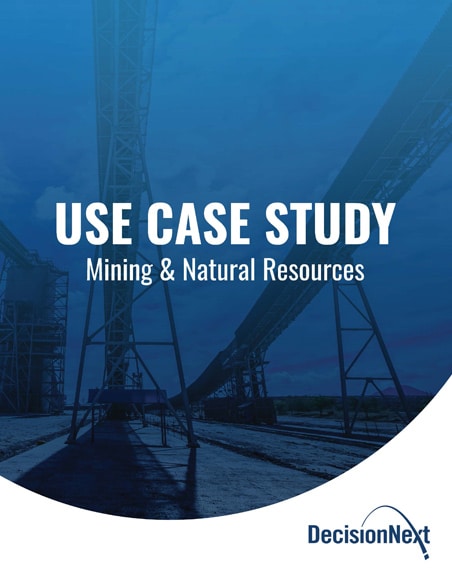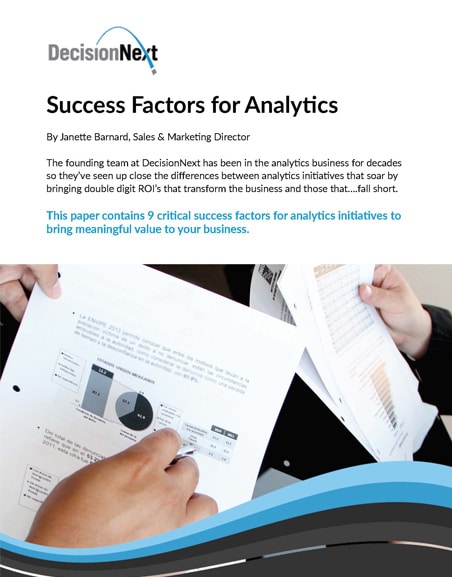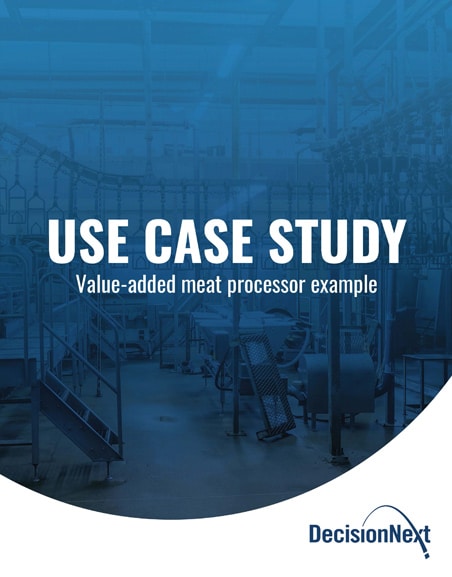Key Insights:
- USDA data flow has abruptly halted due to the federal government shutdown.
- Core market reports across beef, pork, grains, and oilseeds are paused or threatened.
- Past shutdowns show increased volatility, data blackouts, and decision-making risks.
- Commodity impacts vary, with beef, pork, and grains most vulnerable.
- DecisionNext offers resilient, analytics-driven forecasting tools during disruptions.
The Market Goes Blind
On October 1, 2025, the U.S. federal government entered a funding lapse. While political wrangling continues in Washington, the impact is rippling through the commodity markets. With key USDA reports suspended or delayed, producers, processors, and traders are facing a familiar but uncertain challenges: operating with partial data or without data that underpins pricing, procurement, and planning decisions.
This article, published on October 9th, provides a breakdown of which reports are paused or at risk, lessons from previous shutdowns, and how stakeholders can navigate this disruption in data availability — particularly with tools like DecisionNext that help fill the gap.
Current Status: A Critical Pause in Data Flow
Roughly half of USDA employees have been furloughed, and a host of essential services have been paused (Reuters). Among the most immediate disruption in service are the agency’s wide-ranging market reports, spanning from crop progress and export sales to livestock slaughter headcounts. This pause in data leaves the food and ag supply chain with less visibility into supply-demand dynamics at a time when market volatility is already elevated.
Reports Affected: What’s Paused, What’s Uncertain
The table below outlines the status of some common USDA reports confirmed to be paused or at risk:
| Report / Data Type | Status | Notes |
|---|---|---|
| Crop Progress & Conditions | Paused | Weekly reports halted Oct 6 |
| WASDE | Skipped | Oct 9 unlikely |
| Export Sales / Inspections | Paused | Last full report: week ending Sept 25 |
| Livestock Mandatory Reporting (LMR) | No impact | Industry pushing to keep reporting active |
| Non-Mandatory Market Reports | Mixed | Slaughter reports down, but others remain active |
| NASS / ERS reports | Paused | Nonessential data collection halted |
| FSA Payments / Program Activity | Suspended | Loans, CRP, disaster assistance delayed |
These disruptions effectively leave parts of the market flying blind in the weeks ahead, with greater reliance on private estimates, historical trends, and alternative data sources.
Lessons from the Past: 2013 & 2018–19 Shutdowns
Previous shutdowns provide a roadmap for what may unfold:
- 2013 Shutdown: Livestock Mandatory Reporting (LMR) paused; USDA missed several crop progress reports; data gaps resulted in irregular downstream reports.
- 2018–19 Shutdown (35 days): Extended lapse in NASS/ERS activity; delayed crop and trade reports. Markets shifted to speculative positioning in the absence of anchor data. Some data series were updated after the fact, while others were paused.
The result in both cases: increased uncertainty premiums, heightened volatility, and greater reliance on alternative signals such as satellite imagery and private analyst estimates.
Impacts by Commodity: Not All Markets Are Equal
Some sectors are more exposed than others. Here’s how:
| Commodity | Vulnerability | Notes |
|---|---|---|
| Beef & Pork | Low | LMR is running, but slaughter counts are missing and the Cattle on Feed report is at risk |
| Grains & Oilseeds | High | Disruptions to WASDE, crop progress, and export sales hit core forecasting functions. |
| Chicken | High | Voluntary reporting system; less federal data reliance. |
| Specialty Crops | High | Many lack robust private data alternatives. |
In short, sectors heavily reliant on mandatory reporting (e.g., beef, pork) or centralized USDA modeling (e.g., grains, oilseeds) are most exposed to shutdown-related data disruption.
DecisionNext’s Approach: Analytics that Keep You Informed
Publicly available data from the U.S. government plays a foundational role in DecisionNext’s agricultural forecasting, particularly in beef, pork, and grain markets. Reports such as Livestock Mandatory Reporting (LMR), Crop Progress, and WASDE are core inputs that power everything from short-term pricing models to long-range strategic planning. As of Thursday, October 9—nine days into the current government shutdown—some reports are still running while others are at risk or paused. The longer it goes on, the greater risk for the number of reports to pause.
Certain mandatory reports like LMR have historically shown resilience in similar situations. Other reports, including widely used discretionary reports such as Cattle on Feed, have proven more vulnerable to interruptions during past shutdowns. The current disruption is not unprecedented, but its timing and scope increase the urgency for adaptive strategies.
That’s why the conversation now turns to what comes next: how DecisionNext is helping customers maintain continuity, accuracy, and confidence by leaning into alternative data sources and the expertise of our human team.
While public data pipelines may be paused, DecisionNext’s forecasting platform continues to deliver clarity through a layered, resilient approach to data. We operate on three pillars:
- Publicly available data sources
- Syndicated data sources
- Internal customer data (for that customer only)
When one of those pillars goes dark—like USDA public reports— DecisionNext is ready to adapt and leverage the others. The inherent flexibility of the models, combined with the deep domain expertise of our team, means DecisionNext customers remain well-positioned to make confident, timely decisions even in a data-constrained environment.
No one knows when public data will resume. But if you’re working with DecisionNext, you won’t be waiting in the dark—you’ll already be taking action with confidence.
Conclusion: Planning Beyond the Blackout
At some point, the government will reopen. But the effects of the shutdown on commodity markets could linger. Decision-making is always harder without data—and the longer this blackout continues, the more costly market misreads become. For producers, processors, and retailers, the current moment demands flexible strategy, rigorous analytics, and contingency-aware planning.
DecisionNext stands ready to help. Let’s talk about how our models can bring clarity when the usual signals go silent.
![]()

